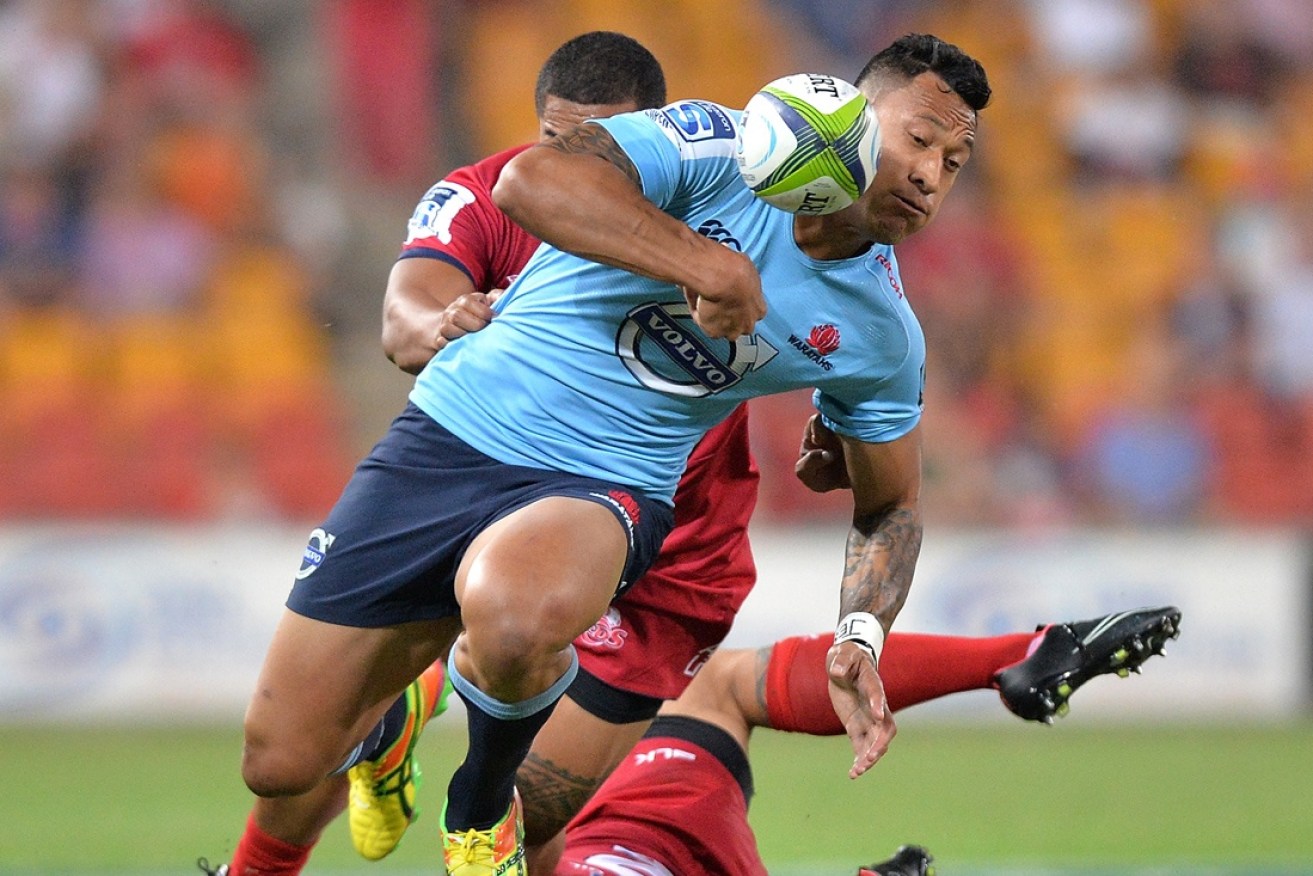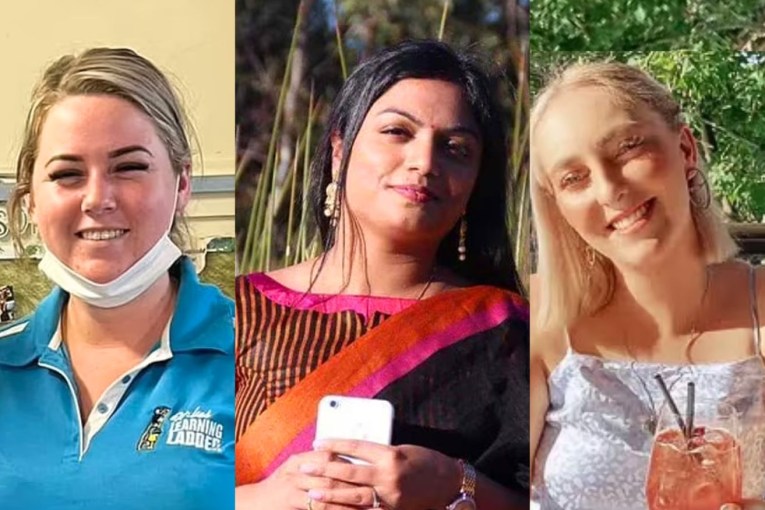Don’t be fooled by the good news. This sport is seriously struggling


Confused about Super Rugby? You're not the only one. Photo: Getty
This month’s World Rugby Sevens event in Sydney was successful and there was also plenty of interest in last week’s inaugural Global Tens tournament in Brisbane.
So that’s good news for rugby union, right?
Unfortunately, it’s not. Australian rugby remains in no man’s land heading into another domestic season.
Popular, interesting pre-season events, albeit in abbreviated formats, only mask an ailing 15-man game in Australia.
Why? Financial reserves are skinny, few people understand or are able to engage with Super Rugby, and the Bledisloe Cup hasn’t graced the ARU trophy cabinet since 2002.
That type of losing record is not one that resonates with Australia’s sporting public.
Contrast this with the raging health of rugby union in the northern hemisphere.
In Dublin, 6 Nations CEO John Feehan recently ran me through some media figures and financials which must make Australian Rugby Union (ARU) boss Bill Pulver’s eyes water.
The 6 Nations – a seven-week, 15-match tournament played annually that features England, France, Ireland, Italy, Scotland and Wales – generates 300 million Euros in sponsorship and media rights alone.
Of that sum, almost all of it is returned to the six competing nations.
And that is before they add on their own sponsorships and gate receipts!
Particularly galling for Pulver must be the ‘plight’ of Italy, a second-tier nation that has never defeated the Wallabies but who, simply through the good fortune of geography, tap into a financial goldmine.
In 2015, the ARU delivered a deficit for the year of $9.8 million, off total revenues of $85 million.
A new television deal kicked in last year, but with no income boosters like a home edition of the Rugby World Cup or a British & Irish Lions tour in sight, the ARU are not even on the same page as any of the sides involved in the 6 Nations.
The dilemma for the ARU is their reliance on the organisation SANZAAR, which stands for South Africa, New Zealand, Australia and Argentina Rugby, to deliver the bulk of their income, courtesy of a global and regional television deal.

Countries who play in the 6 Nations are strong financially. Photo: Getty
Without it their revenue base would collapse and with that, any prospect of retaining elite players in Australia, who would flock to the riches on offer in France and the UK.
Australian rugby would resemble Australian soccer, with a useful but sub-world class domestic competition, and the flagship Wallabies compromised by uncertain availability of their best players from overseas.
Accordingly, Australia’s fortunes are inextricably tied to an organisation whose consensus needs don’t always align with Australia’s.
Witness Super Rugby, universally regarded as the best club/franchise competition in the world, but whose unwieldy, unfair and almost incomprehensible structure is a barrier to fan engagement.
But the harsh reality for the ARU is that if they can’t live with SANZAAR, they surely can’t live without it.

A report on the future of Super Rugby, is yet to be released. Photo: Getty
No local television network is going to put domestic rugby onto free-to-air television and pay big dollars to do so.
A report commissioned by SANZAAR, expected to map out the future of elite rugby in this part of the world, including a reconstructed Super Rugby, was due for release at the end of 2016.
It has been delayed – perhaps because the problem is so acute an agreeable outcome has proved difficult to find.
Sitting last weekend in a packed Principality Stadium in Cardiff, hairs standing on end courtesy of intensely passionate home fans urging their Welsh Dragons on against the old enemy England, the vast gulf between rugby in the northern hemisphere and the south was on full display.
Ironically, there is genuine star power dotted across Australian Super Rugby franchises; exciting players who are about to make their mark on this years’ competition, such as Sean McMahon, Taniela Tupou, Dane Haylett-Petty and Waratahs centre Irae Simone.
If there were any justice it would be them who would be playing in front of 80,000 singing fans next weekend.
Geoff Parkes is a Melbourne-based sports fanatic and writer.








